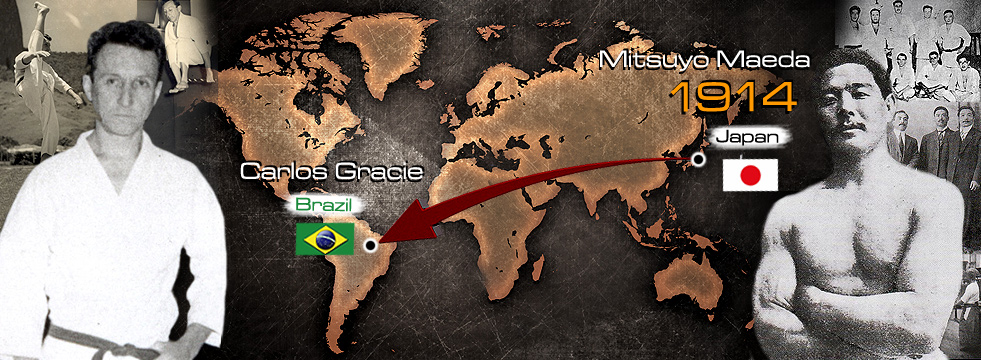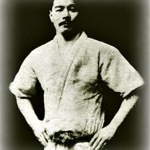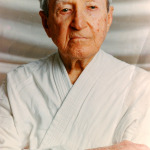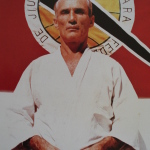
Brazilian Jiu Jitsu (BJJ) is a martial art, combat sport, and a self defense system that focuses on grappling and ground fighting. Brazilian Jiu Jitsu was formed from Kodokan Judo ground fighting (newaza) fundamentals that were taught to Carlos Gracie and Luiz França by Mitsuyo Maeda and Soshihiro Satake. Carlos Gracie is known as the founder and creator of modern Jiu Jitsu (Gracie Jiu Jitsu/Brazilian Jiu Jitsu). Brazilian Jiu Jitsu eventually came to be its own (martial?) art through the experimentation, practice, and adaptation from the Judo knowledge of Carlos and Hélio Gracie, who then passed their knowledge onto their extended family.
BJJ promotes the concept that a smaller, weaker person can successfully defend against a larger, stronger assailant, using proper technique, leverage, and most notably, taking the fight to the ground, and then applying joint locks and chokeholds to defeat the opponent. BJJ training can be used for sport grappling tournaments (Gi and No Gi) and mixed martial arts (MMA) competition, or for self-defense. Sparring (commonly referred to as “rolling”) and live drills are essential and effective to both learning and training BJJ, and a premium is placed on performance, especially in competition, in relation to progress and ascension through its belt ranking system.
Since its inception in 1882, BJJ’s parent art of Judo was separated from older systems of Japanese Jiu Jitsu using key distinctions: it is not solely a martial art, but also a sport; it is a method for promoting physical fitness and building character in young people; and, ultimately, is a way of life.



